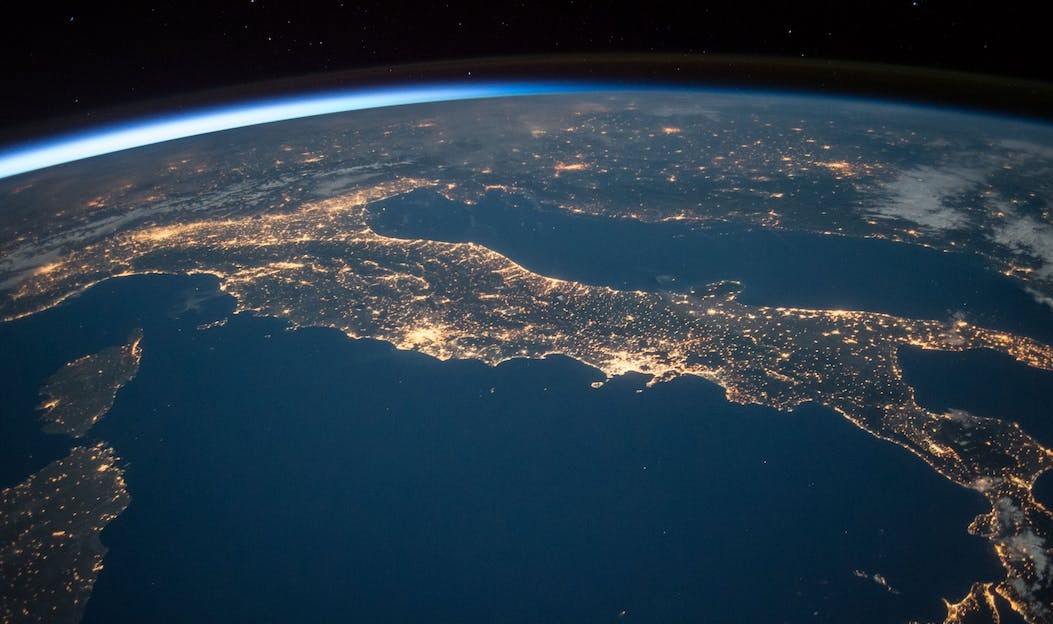Introduction
The age-old debate about whether the world contains more evil than good is a topic that has intrigued philosophers, theologians, and thinkers throughout history. It is a complex and controversial issue that has sparked countless discussions and arguments. This essay aims to explore the concept that the world may indeed seem to have more evil than good, but it is essential to recognize the nuances and complexities that underlie this perception.
The Perception of Evil
One cannot deny that, at times, the world appears to be teeming with evil. Turn on the news, and you are inundated with stories of violence, corruption, and suffering. It is easy to become overwhelmed by the seemingly unending cycle of cruelty and injustice that plagues our society. From wars and terrorism to poverty and discrimination, it often feels as if evil has the upper hand.
One major reason for the perception that there is more evil than good in the world is the sensationalism of the media. News outlets often prioritize reporting on negative events because they are more likely to capture the audience’s attention. Consequently, positive stories often go unnoticed or receive less coverage. This skewed representation can lead us to believe that the world is far bleaker than it actually is.
The Nature of Evil
Evil is a complex concept that varies from one person to another. While some might point to heinous crimes and acts of violence as clear evidence of the world’s evil, others may focus on more subtle forms of malevolence, such as greed, selfishness, and indifference to the suffering of others.
It is important to recognize that evil, in many cases, is a result of human actions and choices. People are not inherently evil, but they can commit evil acts. This distinction is crucial because it means that evil can be addressed and reduced through education, social programs, and a collective effort to promote empathy and compassion.
The Inherent Good
Amidst the darkness that often pervades our world, there is also an abundance of goodness. Acts of kindness, compassion, and selflessness occur every day, often in quiet and unassuming ways. These acts may not make headlines, but they are no less important for the individuals whose lives they touch.
Furthermore, many organizations and individuals dedicate their lives to fighting against evil and promoting good. Humanitarian organizations, volunteers, and activists work tirelessly to alleviate suffering and injustice. These efforts are a testament to the potential for positive change in the world.
The Role of Perspective
Perception plays a significant role in the belief that there is more evil than good in the world. People tend to focus on the negative aspects of life because they are often more immediate and emotionally charged. Positive events, on the other hand, may be subtler and require a more optimistic outlook to recognize.
Additionally, cultural, geographical, and personal factors can greatly influence one’s perception of the balance between good and evil. What one person considers an evil act may be viewed differently by another, depending on their background, beliefs, and experiences. This subjectivity highlights the complexity of assessing the world’s moral balance.
The Progress of Humanity
History shows that humanity has made significant progress in reducing certain forms of evil and promoting good. Slavery, for example, was once considered a norm in many parts of the world, but it is now widely recognized as a grave injustice and has been abolished in most countries. Similarly, women’s rights, civil rights, and LGBTQ+ rights have made substantial advancements, although challenges remain.
Advancements in science, medicine, and technology have improved the overall quality of life for many people. These developments have helped to alleviate suffering, reduce poverty, and extend life expectancy, which are all signs of progress toward a better world.
The Power of Collective Action
One of the most potent arguments against the idea that the world has more evil than good is the potential for collective action to effect positive change. Throughout history, we have seen how people can come together to challenge injustice, eradicate social ills, and build a more equitable society.
Movements like the civil rights movement in the United States, the anti-apartheid movement in South Africa, and the fight against global poverty have demonstrated the power of collective action in bringing about positive change. These examples underscore the fact that, although there is evil in the world, it is not an insurmountable force.
Conclusion
In conclusion, while the world may appear to have more evil than good, this perception is often the result of skewed media representation, the complex nature of evil, and personal perspectives. It is essential to recognize the inherent goodness that exists in the world and the potential for positive change through collective action.
The belief that there is more evil than good should not lead to despair but should instead serve as a call to action. By acknowledging the challenges and working together to address them, we can strive to tip the balance in favor of good. The world’s moral scale may forever teeter, but our efforts to promote kindness, compassion, and justice will continue to push it in the right direction.

